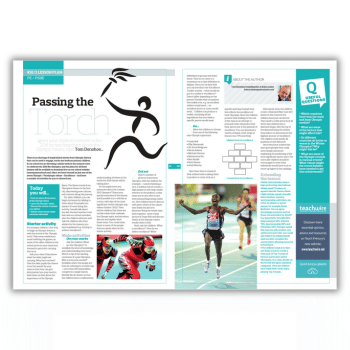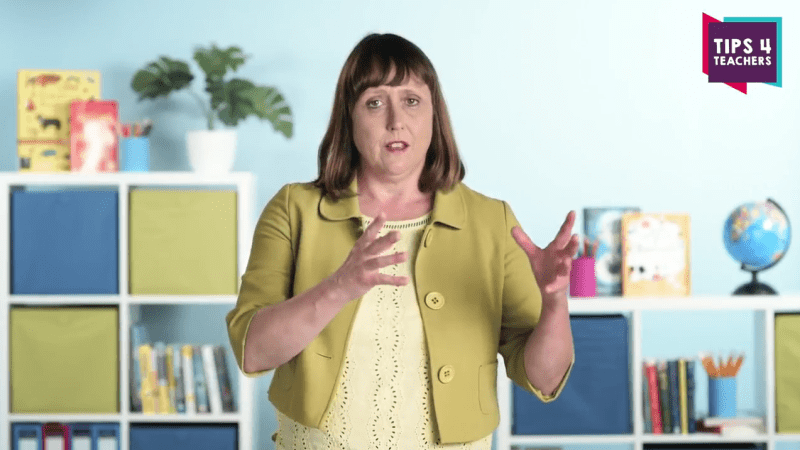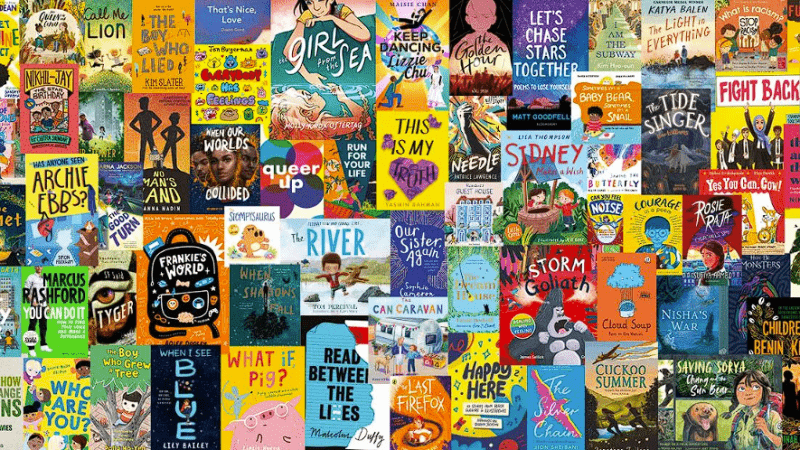Can You Teach Happiness?

Yes – and it might even boost pupils’ attainment, argues Adrian Bethune

Parents generally want their children to work hard and do well at school, but ask them what they want most for their kids and the answer is usually, ‘I want them to be happy.’ And teachers want the same for their pupils too – who wouldn’t?
Fortunately, positive psychology (sometimes called the science of happiness) shows us some practical, evidence-based ideas you can introduce into your classroom to boost your children’s wellbeing.
What is happiness?
Happiness expert, Professor Paul Dolan, sums it up neatly when he says, “Happiness is experiences of pleasure and purpose over time.” We are generally said to be ‘flourishing’ when we experience both high levels of positive emotion and are engaged in life with a strong sense of purpose.
It used to be thought that our levels of happiness were fixed. But positive psychologists have proved this theory incorrect.
Professor Sonja Lyubomirsky’s studies of identical twins, separated at birth and raised in different homes, showed that genes play a significant role but that a massive 40% of participants’ happiness was determined by the intentional choices and actions they took.
This is welcome news, as it means we can learn to become happier and teach children this vital skill.
Why teach it?
It’s all well and good that we can learn to become happier but there’s no time or place for this in a knowledge-rich curriculum, I hear the doubters say. Well, firstly, teaching children about happiness is knowledge.
Secondly, reports such as the one published by Public Health England in 2014 show that schools that put in place programmes to boost pupils’ social and emotional skills have, on average, an 11% gain in attainment, as well as improvements in pupil behaviour.
Another crucial reason for focusing on pupil wellbeing is the fact that our children seem to be getting more anxious and depressed. The number of 15 to 16-year-olds with depression has nearly doubled between the 1980s and 2000s.
Schools are on the frontline of what many are calling a mental health crisis, and we have a duty to look after our children and teach them how to take care of their own physical and mental health.
I’m not proposing weekly ‘happiness lessons’. I’m not against that either, but I believe it will have more impact if wellbeing is part of the fabric of your normal teaching day. Below are five ways to weave wellbeing into your everyday teaching practice.
1 | Model good self care
One of the most important things you can do is show your class that you take care of yourself. If you are overly-stressed, irritable and low on morale a lot of the time, your children will feed off this.
Instead, make your wellbeing your priority. Set clear boundaries for work and home. Take part in activities that nourish you – see friends, walk in nature, play sports, read, watch a good movie, eat, sleep, and drink well and fit in regular exercise (walking is fine – no need to join a boot camp!).
As the old adage goes, ‘You cannot pour from an empty cup’.
2 | Be still
Punctuate every day with moments of stillness. Get your class to sit upright with shoulders relaxed (posture is important). Ask them to take three big deep inhalations, followed by long, slow exhalations (long out-breaths turn on the parasympathetic nervous system which calms us down).
Then, ask them to breathe normally and place one hand on their stomach and one on their chest. Get them to feel the in-breath coming in, and the out-breath leaving their bodies.
Remind them that each time their mind wanders off (which it will do), to gently bring their focus back to their breath. Use these moments of stillness as an antidote to the rush and busyness of the normal school day.
3 | Get moving
Sedentary behaviour is bad for our wellbeing, so get children out of their seats regularly. Incorporate movement into lessons – even getting up to get apparatus is good.
In addition to your PE lessons, try to dedicate at least ten minutes a day to some moderate to vigorous exercise. This could simply be breaking lessons up with a round of star jumps, squats or burpees.
Lots of schools have signed up to The Daily Mile, an initiative that sees pupils jog or run every day (thedailymile.co.uk).
Exercise boosts brain power, improves body image, strengthens the immune system and boosts feelings of positive emotion. So, get moving!
4 | Share and reflect
A simple activity called ‘What went well?’ has been shown to help rewire our brain’s ‘negativity bias’ and boost wellbeing in the long term. Give everyone in your class a post-it note at the end of the day and ask them to think of three things that have gone well for them that day.
They can choose to share one of their good things with the class before putting their post-it on a ‘What went well?’ display board. You can do this daily or on a Friday to reflect back over the week. It is a great way to end the day and savour the small good things that so often pass us by.
5 | Promote acts of kindness
Studies show that being kind to others does us good. Not only do we often get a rush of happy hormones like dopamine and oxytocin (volunteers often report experiencing a ‘helper’s high’) but these hormones also help alleviate stress, and even protect our hearts!
Why not introduce a ‘kindness week’ at your school? Set a whole-school homework challenging every pupil to carry out a random act of kindness in their local community.
They could bake cupcakes for neighbours, do some weeding for relatives or raise money for charity.
Share and celebrate the various acts of kindness in an assembly. Kindness is contagious, so make it spread in your school!
 Adrian Bethune is a primary teacher in Hertfordshire and author of Wellbeing in the Primary Classroom – A Practical Guide to Teaching Happiness (£19.99, Bloomsbury), on sale in September 2018. You can find him at teachappy.co.uk and follow him on Twitter at @adrianbethune.
Adrian Bethune is a primary teacher in Hertfordshire and author of Wellbeing in the Primary Classroom – A Practical Guide to Teaching Happiness (£19.99, Bloomsbury), on sale in September 2018. You can find him at teachappy.co.uk and follow him on Twitter at @adrianbethune.












